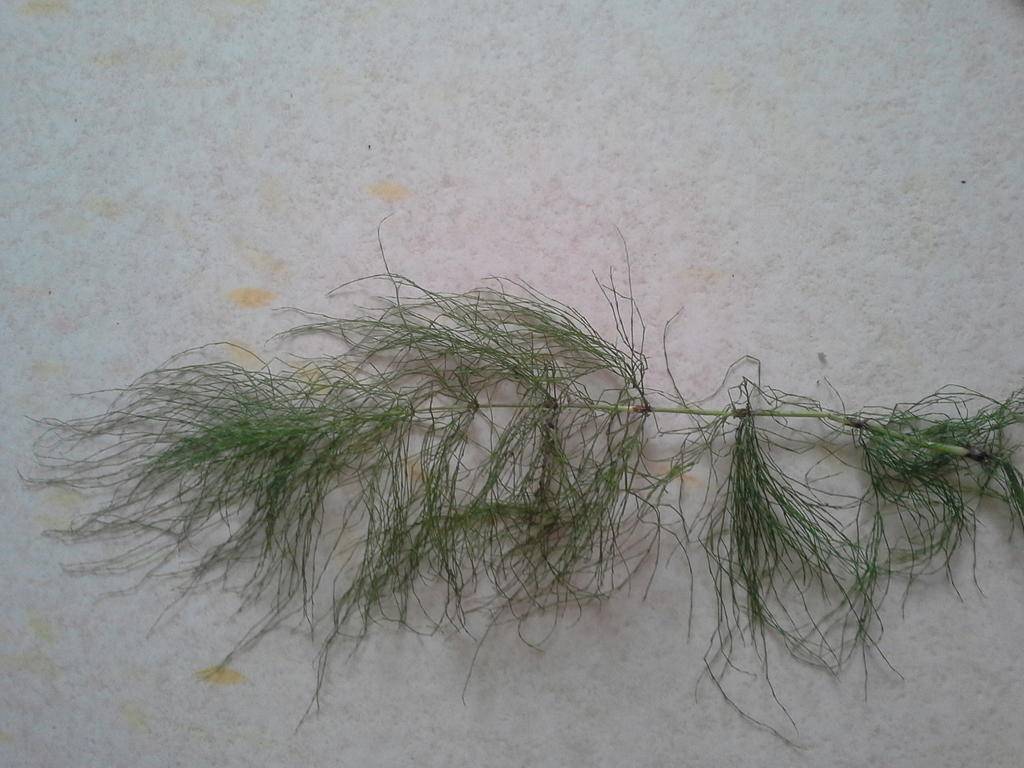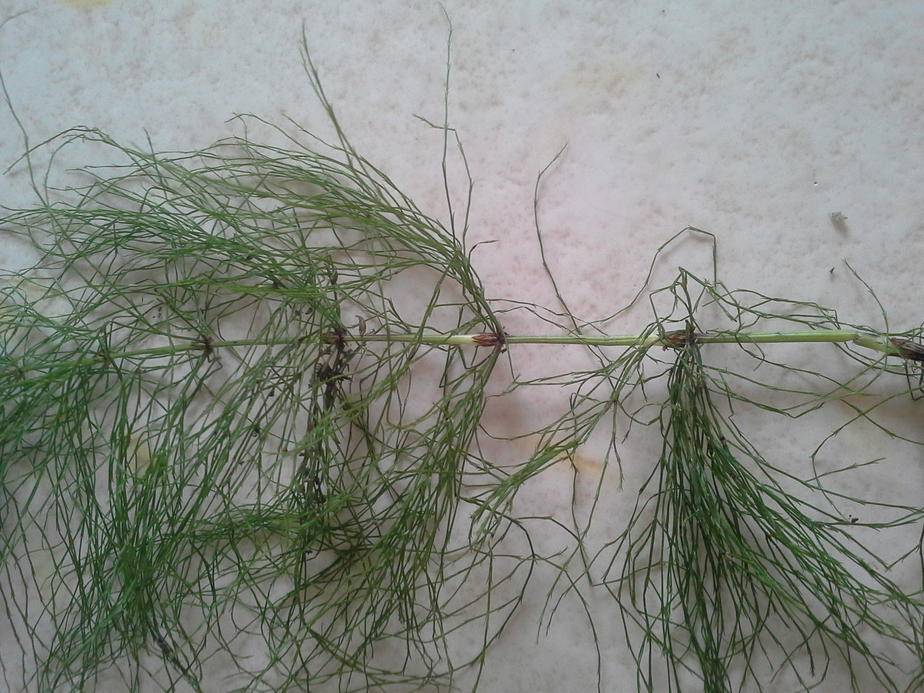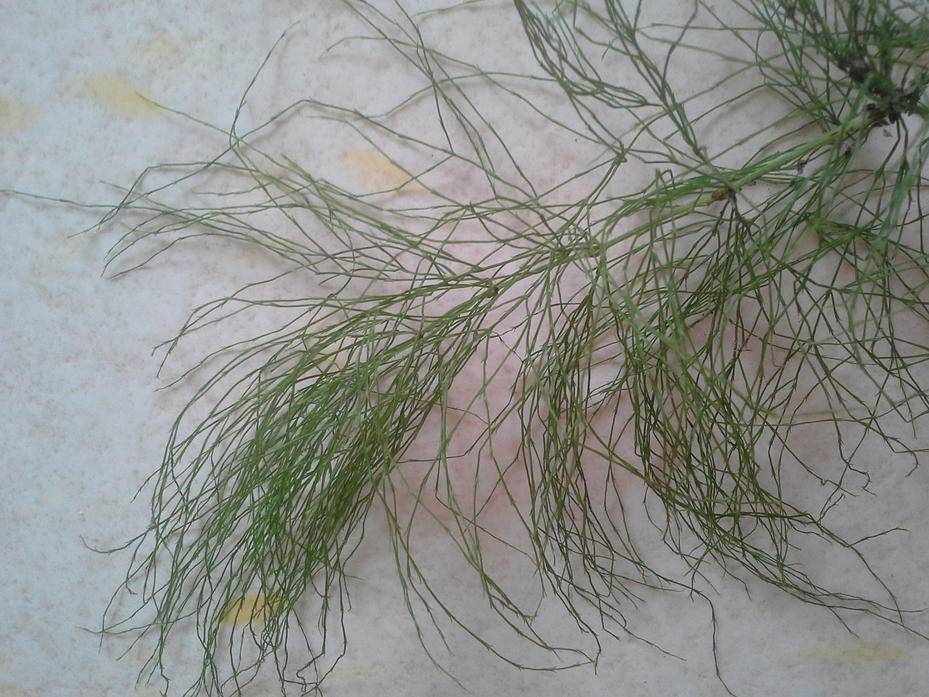I was wondering if this is the horsetail. I am looking to make organic Silica Si02.



I dont like the idea of buying protekt
I have an idea that along with some Diatomaceous Earth powder and grains for aeration along with perlite will provide me with enough Silica in my soil not to worry about adding pro-tekt.
What do you guys think?
I dont like the idea of buying protekt
I have an idea that along with some Diatomaceous Earth powder and grains for aeration along with perlite will provide me with enough Silica in my soil not to worry about adding pro-tekt.
What do you guys think?


